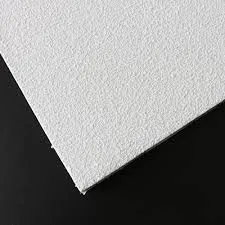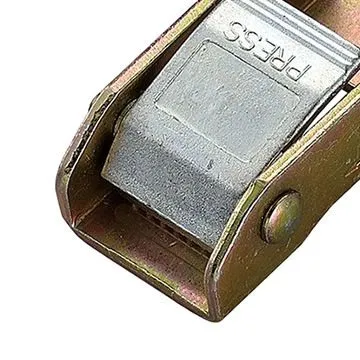- Afrikaans
- Albanian
- Amharic
- Arabic
- Armenian
- Azerbaijani
- Basque
- Belarusian
- Bengali
- Bosnian
- Bulgarian
- Catalan
- Cebuano
- Corsican
- Croatian
- Czech
- Danish
- Dutch
- English
- Esperanto
- Estonian
- French
- German
- Greek
- Hindi
- Indonesian
- irish
- Italian
- Japanese
- Korean
- Lao
- Malay
- Myanmar
- Norwegian
- Norwegian
- Polish
- Portuguese
- Romanian
- Russian
- Serbian
- Spanish
- Swedish
- Thai
- Turkish
- Ukrainian
- Uzbek
- Vietnamese
get a quote
Th1 . 14, 2025 10:48 Back to list
gypsum vs pvc ceiling
In the realm of interior design and home renovation, the selection of ceiling materials can greatly affect both aesthetic appeal and functional performance. Among the most popular choices are gypsum and PVC ceilings. These materials, while both widely used, offer distinct advantages and characteristics that cater to varied preferences and installation environments.
In terms of appearance, while PVC might not offer the same sophistication as gypsum, advancements in manufacturing have led to a wide variety of finishes and colors. These options allow homeowners and designers to achieve clean, modern looks that are functional and visually appealing. When discussing sustainability, both materials present different considerations. Gypsum is more environmentally friendly as it is largely derived from natural materials and is recyclable. However, the mining and manufacturing process can have ecological impacts. PVC, on the other hand, is a synthetic product and its production involves more complex chemical processes, but innovations are leading towards more eco-friendly manufacturing methods and recycling capabilities. In making a decision between the two, the choice often hinges on specific needs and preferences. For those prioritizing fire safety and acoustic properties, gypsum is the superior option. On the other hand, if moisture resistance and cost are the primary concerns, PVC may be the more appropriate choice. Ultimately, the selection of either gypsum or PVC ceilings should be informed by a comprehensive understanding of the environmental conditions they will face, the desired aesthetic outcome, and the budget constraints. Engaging with experienced interior designers and building professionals can provide valuable insights to ensure optimal material selection. Investing time in researching and consulting with professionals will foster satisfaction and longevity, aligning with both functional needs and personal preferences.


In terms of appearance, while PVC might not offer the same sophistication as gypsum, advancements in manufacturing have led to a wide variety of finishes and colors. These options allow homeowners and designers to achieve clean, modern looks that are functional and visually appealing. When discussing sustainability, both materials present different considerations. Gypsum is more environmentally friendly as it is largely derived from natural materials and is recyclable. However, the mining and manufacturing process can have ecological impacts. PVC, on the other hand, is a synthetic product and its production involves more complex chemical processes, but innovations are leading towards more eco-friendly manufacturing methods and recycling capabilities. In making a decision between the two, the choice often hinges on specific needs and preferences. For those prioritizing fire safety and acoustic properties, gypsum is the superior option. On the other hand, if moisture resistance and cost are the primary concerns, PVC may be the more appropriate choice. Ultimately, the selection of either gypsum or PVC ceilings should be informed by a comprehensive understanding of the environmental conditions they will face, the desired aesthetic outcome, and the budget constraints. Engaging with experienced interior designers and building professionals can provide valuable insights to ensure optimal material selection. Investing time in researching and consulting with professionals will foster satisfaction and longevity, aligning with both functional needs and personal preferences.
Latest news
-
PVC Laminated Gypsum Ceiling Board OverviewNewsApr.11,2025
-
Mineral Fiber Ceiling Tiles Price Analysis and ComparisonsNewsApr.11,2025
-
Crafts of Mineral Fiber Ceiling Tile ManufacturingNewsApr.11,2025
-
Difference Between Gypsum and PVC CeilingNewsApr.11,2025
-
An Overview of Mineral Fiber Ceiling TilesNewsApr.11,2025
-
Advantages of PVC Gypsum CeilingNewsApr.08,2025







